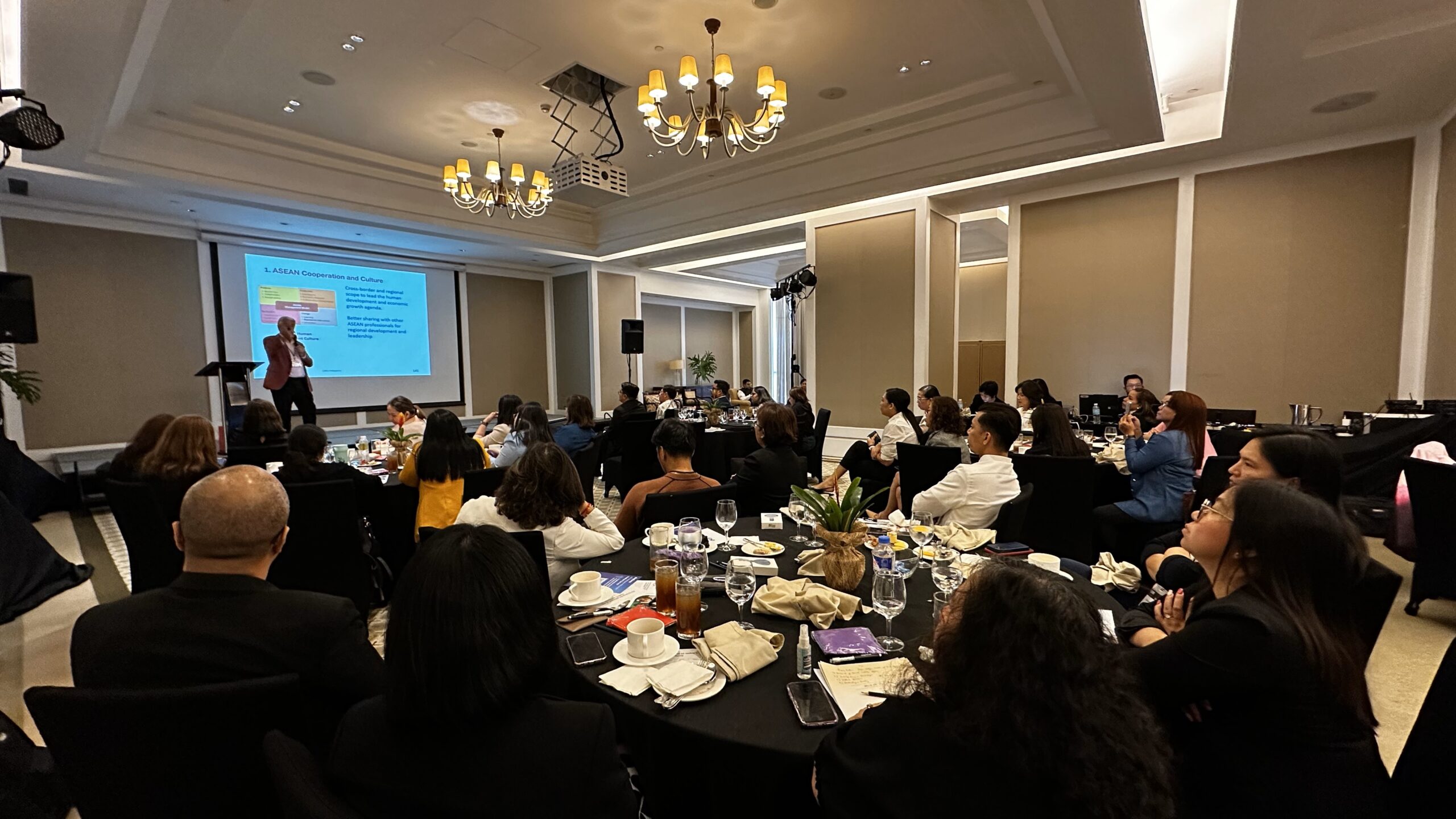Pay attention to wage and benefit trends
- Daniel Teo
- Topics: Compensation and Benefits, Home Page - News, News

With the United States’ unemployment rate at 3.5%, the lowest in roughly 50 years, recruiters need to closely monitor wage and benefit changes by occupation and overall compensation trends to stay competitive within their industry, says Michael Horrigan, president at W.E. Upwohn Institute for Employment Research.
Since late 2018, he says, the change in average hourly earnings for all private workers consistently ranged between 3% and 3.3%. Still, there are some signs of increased wage pressures in certain occupations, according to quarterly household data on earnings by occupations from the Bureau of Labor Statistics’ Current Population Survey.
“Two major occupational groups that generally require higher levels of education—management, business and financial occupations; and professional and related occupations—both had wage increases that were consistently much higher than the overall average,” says Horrigan
So did service, construction and extraction occupations, he adds. Likewise, production occupations and transportation and materials-moving occupations also showed increases, but not consistently greater than the overall average.
Horrigan adds that three other major job groups had mostly weak wage changes: sales and related occupations; office and administrative-support occupations; and installation, maintenance and repair occupations.
Still, the median weekly earnings of full-time wage and salary workers did increase between 2018 and 2019. Last year, they rose by 2.7% in the first quarter, 3.7% in the second quarter, 3.6% in the third quarter and 4% in the last quarter.
But, Horrigan says, these data shouldn’t be interpreted as evidence of long-term trends.
“While the increases in median weekly earnings were relatively stronger in 2019 than in 2018, the same wage series showed relatively strong increases during most of 2017,” he says. “There have been a lot of ebbs and flows in this data.”
So what does this all mean for HR professionals?
Horrigan explains that HR will need to get even more creative this year with wages and benefits when recruiting workers, especially those in high demand. Some organizations already offer significant signing bonuses, provide ample opportunities for overtime, internally train new hires on hard skills—which enables them to modify job criteria—or have altered their business model so they can hire more independent contractors.
“In a low-unemployment-rate environment, we expect to see firms adjusting at various margins to find the workers they need,” says Horrigan, adding that, if the talent shortage persists, he suspects more companies will automate routine work processes so fewer employees will be needed to get the job done.
Carol Patton is a contributing editor for HRE who also writes HR articles and columns for business and education magazines. She can be reached at [email protected].






